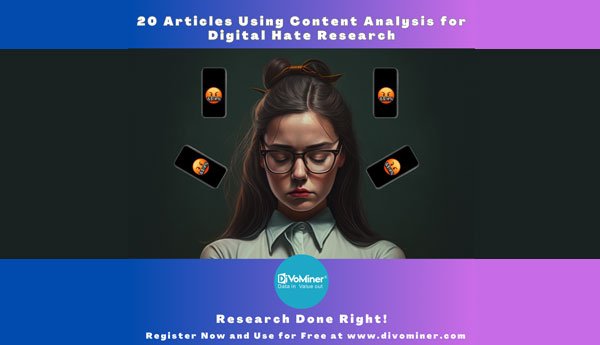Digital hate refers to negative emotions and attitudes expressed towards individuals or groups in digital environment. This type of internet harassment can appear in a variety of way, such as trolling, cyberbullying or hate speech. It is imperative to conduct more research in the space of digital hate to understand the impact it has on individuals and societal aspect, as well as to identify effective strategies to prevent and respond to this issue. Due to the complexity of the issue, a multidisciplinary strategy is required which would address social, legal, and technological viewpoints.
Content analysis has been a pivotal research method in the research of digital hate, as it enables researchers to analyze large amounts of online content and identify patterns and themes related to hate speech and harassment. The findings from content analysis studies have provided valuable insights into the prevalence and impact of digital hate, as well as the factors that contribute to its occurrence. Here are a selection of well-known articles related to this issue that have utilized content analysis:
- Gerstenfeld, P. B., Grant, D. R., & Chiang, C. P. (2003). Hate online: A content analysis of extremist Internet sites. Analyses of social issues and public policy, 3(1), 29-44.
+ Learn more: bit.ly/3nHy5JH
- Jaki, S., De Smedt, T., Gwóźdź, M., Panchal, R., Rossa, A., & De Pauw, G. (2019). Online hate of women in the Incels.me forum: Linguistic analysis and automatic detection. Journal of Language Aggression and Conflict, 7(2), 240-268.
+ Learn more: bit.ly/3KwFSDd
- Waqas, A., Salminen, J., Jung, S. G., Almerekhi, H., & Jansen, B. J. (2019). Mapping online hate: A scientometric analysis on research trends and hotspots in research on online hate. PloS one, 14(9), e0222194.
+ Learn more: bit.ly/3zz8V2M
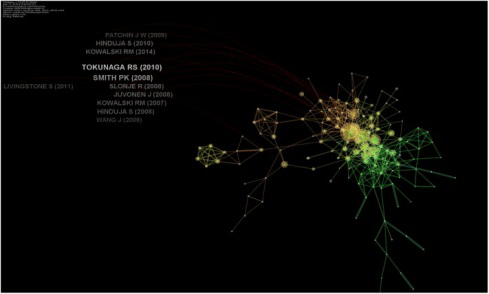
(Source: Waqas et al’s article)
- Lingiardi, V., Carone, N., Semeraro, G., Musto, C., D’Amico, M., & Brena, S. (2020). Mapping Twitter hate speech towards social and sexual minorities: A lexicon-based approach to semantic content analysis. Behaviour & Information Technology, 39(7), 711-721.
+ Learn more: bit.ly/3ZJMQcr
- Kontostathis, A., Edwards, L., & Leatherman, A. (2010). Text mining and cybercrime. Text mining: Applications and theory, 149-164.
+ Learn more: bit.ly/3ZEDLBv
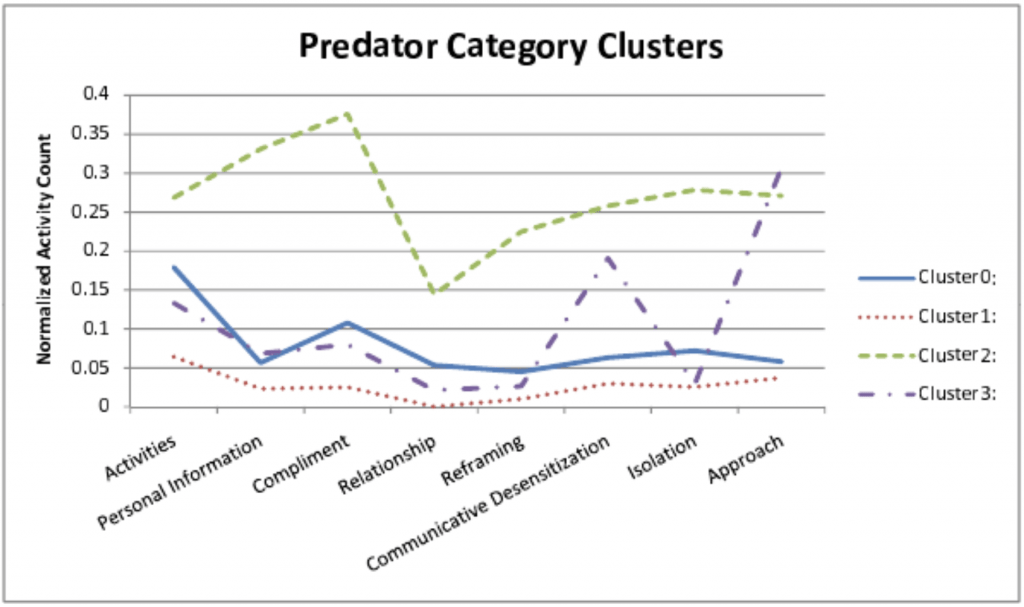
(Source: Kontostathis et al’s article)
- Blaya, C. (2019). Cyberhate: A review and content analysis of intervention strategies. Aggression and violent behavior, 45, 163-172.
+ Learn more: bit.ly/416DKHP
- Tateo, L. (2005). The Italian extreme right on-line network: An exploratory study using an integrated social network analysis and content analysis approach. Journal of Computer-Mediated Communication, 10(2), JCMC1022.
+ Learn more: bit.ly/3GitXq3
- Vivolo-Kantor, A. M., Martell, B. N., Holland, K. M., & Westby, R. (2014). A systematic review and content analysis of bullying and cyber-bullying measurement strategies. Aggression and violent behavior, 19(4), 423-434.
+ Learn more: bit.ly/3zugJ5T
- Kamyab, M., Tao, R., Mohammadi, M. H., & Rasool, A. (2018, November). Sentiment analysis on Twitter: A text mining approach to the Afghanistan status reviews. In Proceedings of the 2018 International Conference on Artificial Intelligence and Virtual Reality (pp. 14-19).
+ Learn more: bit.ly/3K9JiKB
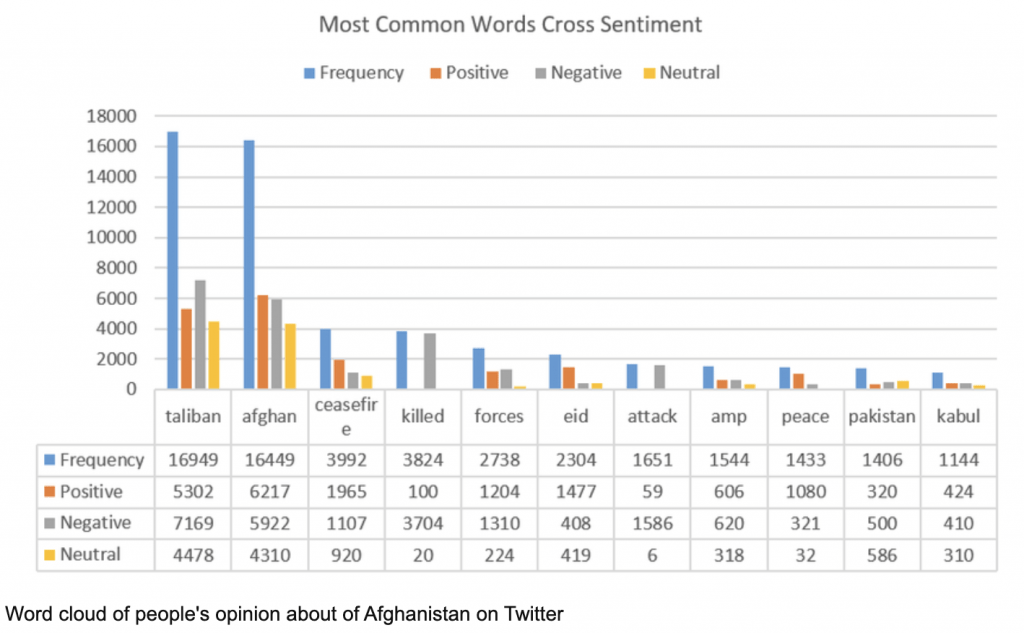
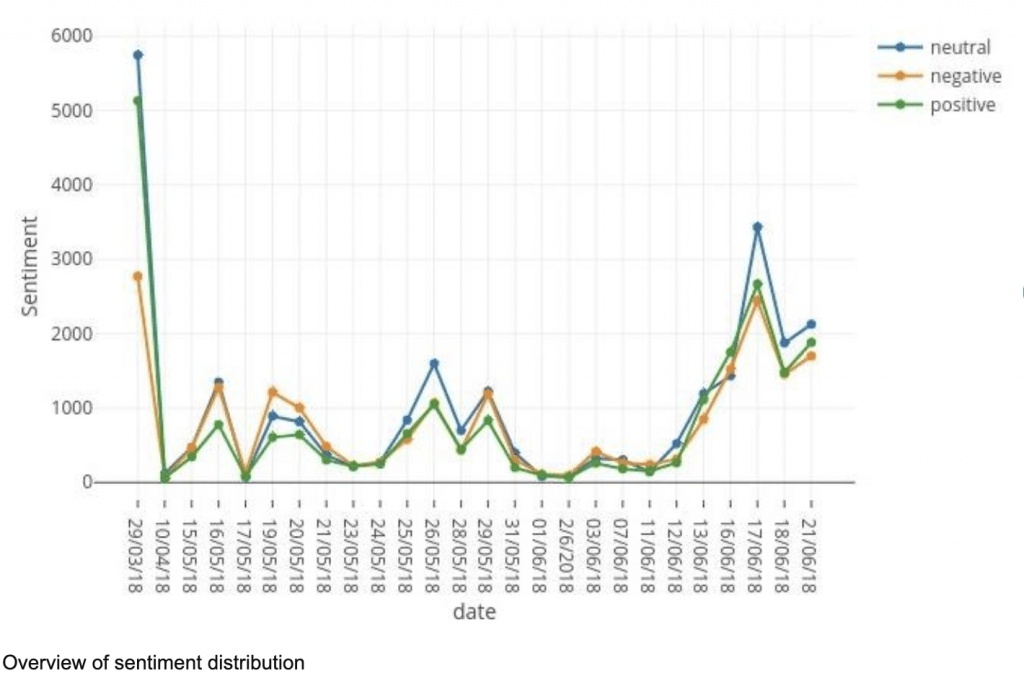
(Source: Kamyab et al’s article)
- Umanailo, M. C. B., Fachruddin, I., Mayasari, D., Kurniawan, R., Agustin, D. N., Ganefwati, R., … & Hallatu, T. G. R. (2019). Cybercrime case as impact development of communication technology that troubling society. Int. J. Sci. Technol. Res, 8(9), 1224-1228.
+ Learn more: bit.ly/3KA2rHd
- O’Malley, R. L., & Holt, K. M. (2022). Cyber sextortion: An exploratory analysis of different perpetrators engaging in a similar crime. Journal of interpersonal violence, 37(1-2), 258-283.
+ Learn more: bit.ly/3ZKo77A
- Smith, P. K., Smith, C., Osborn, R., & Samara, M. (2008). A content analysis of school anti‐bullying policies: progress and limitations. Educational Psychology in Practice, 24(1), 1-12.
+ Learn more: bit.ly/3m1Xa1L
- Alim, S. (2017). Twitter Profiles of Organisations Fighting Against Cyberbullying and Bullying: An Exploration of Tweet Content, Influence and Reachability. International Journal of Cyber Behavior, Psychology and Learning (IJCBPL), 7(3), 37-56.
+ Learn more: bit.ly/40Lhnry
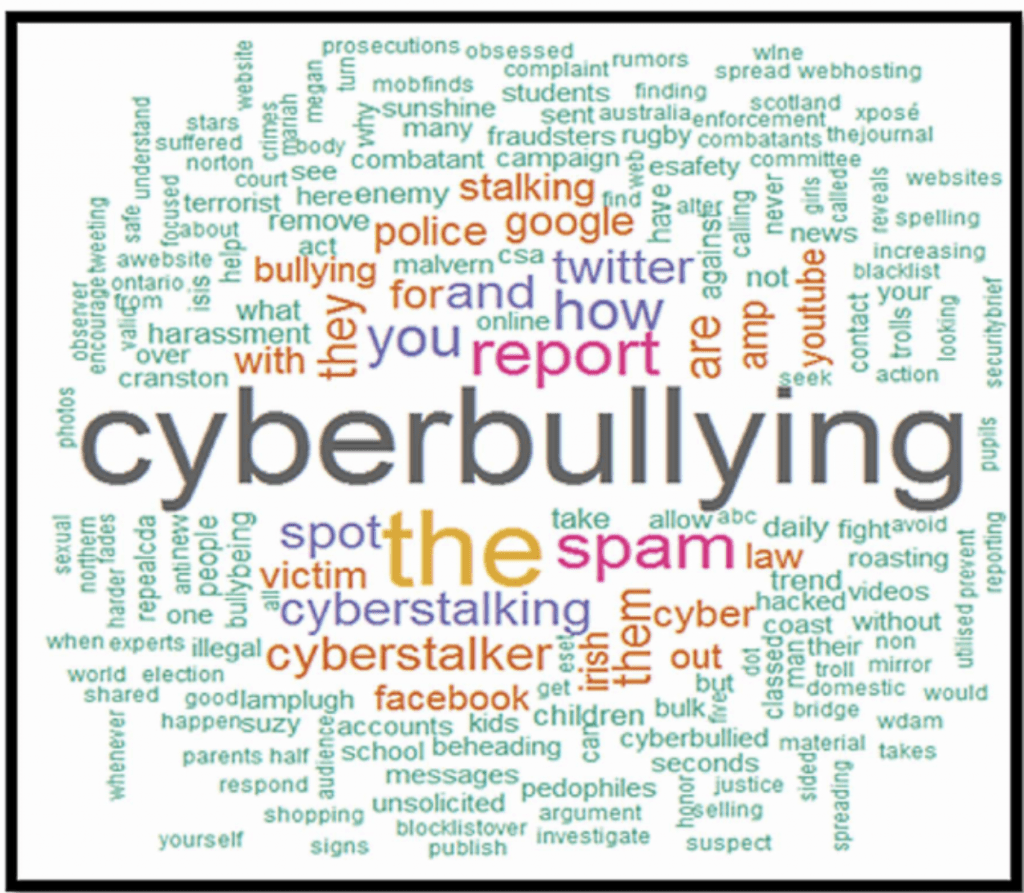
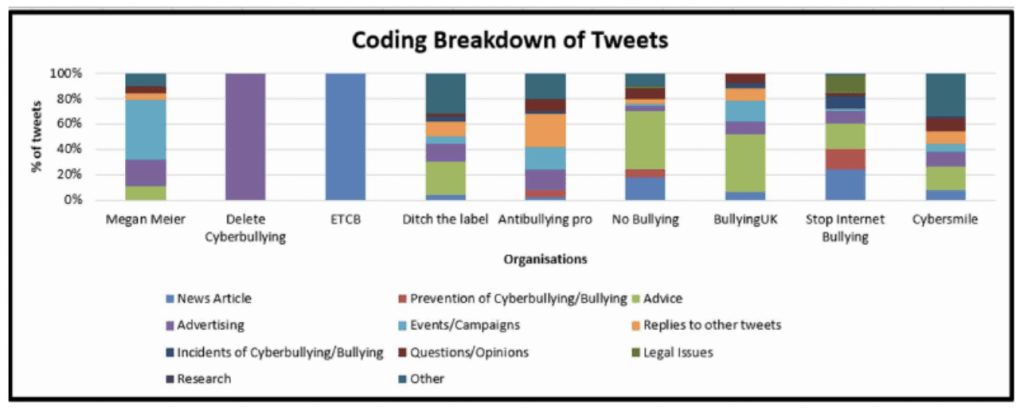
(Source: Alim et al’s article)
- Jäger, T., Amado, J., Matos, A., & Pessoa, T. (2010). Analysis of experts’ and trainers’ views on cyberbullying. Journal of Psychologists and Counsellors in Schools, 20(2), 169-181.
+ Learn more: bit.ly/4366jqq
- Puhl, R. M., Peterson, J. L., DePierre, J. A., & Luedicke, J. (2013). Headless, hungry, and unhealthy: a video content analysis of obese persons portrayed in online news. Journal of health communication, 18(6), 686-702.
+ Learn more: bit.ly/3GkbLMR
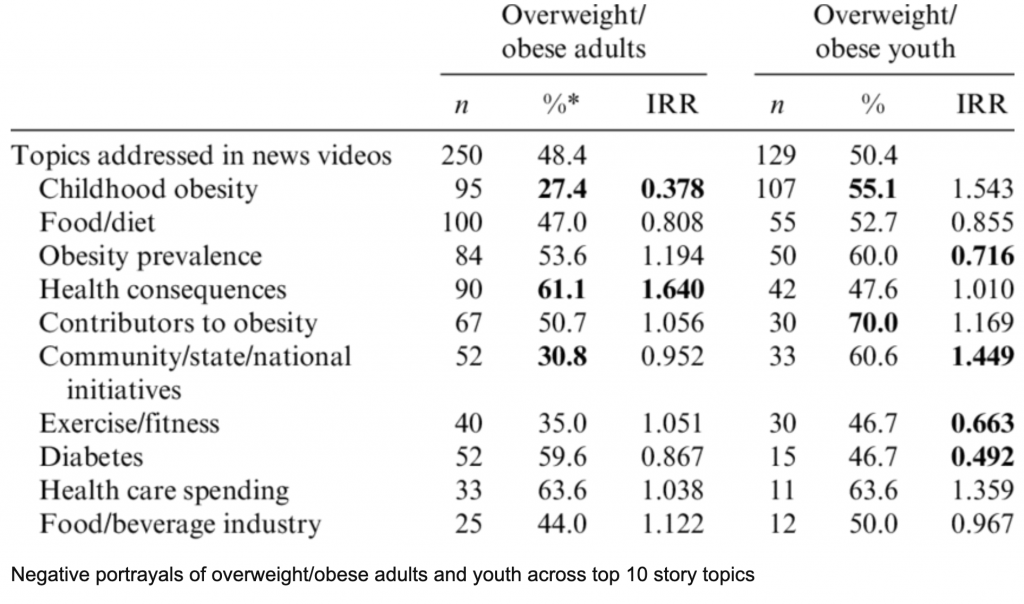
(Source: Puhl et al’s article)
- KhosraviNik, M., & Esposito, E. (2018). Online hate, digital discourse and critique: Exploring digitally-mediated discursive practices of gender-based hostility. Lodz Papers in Pragmatics, 14(1), 45-68.
+ Read more: bit.ly/3MjoCTd
- Smith, L. J. (1994). A content analysis of gender differences in children’s advertising. Journal of broadcasting & electronic media, 38(3), 323-337.
+ Read more: bit.ly/3ZHd5QG
- Yoo, J. H., & Kim, J. (2012). Obesity in the new media: A content analysis of obesity videos on YouTube. Health communication, 27(1), 86-97.
+ Read more: bit.ly/3MlTsKT
- Powell, A., & Henry, N. (2017). Sexual violence in a digital age. Springer.
+ Learn more: bit.ly/3ZNNIwp
- Il’ia, A. B., Balakhonskaya, L. V., Gladchenko, I. A., & Balakhonsky, V. V. (2018, April). Verbal aggression as a communication strategy in digital society. In 2018 IEEE Communication Strategies in Digital Society Workshop (ComSDS) (pp. 12-14). IEEE.
+ Learn more: bit.ly/4386IZr
